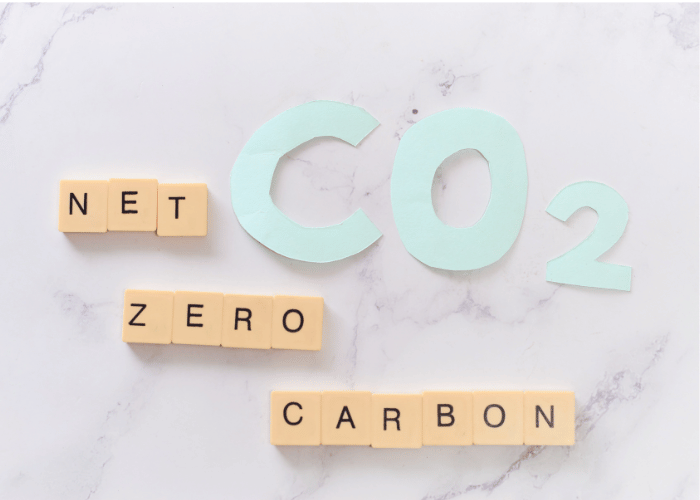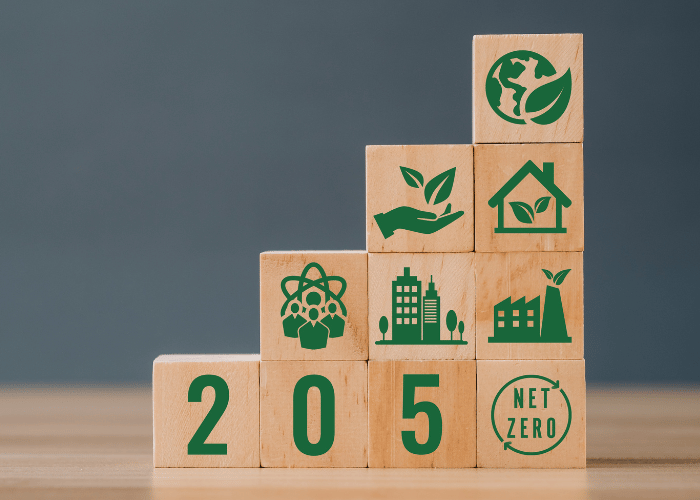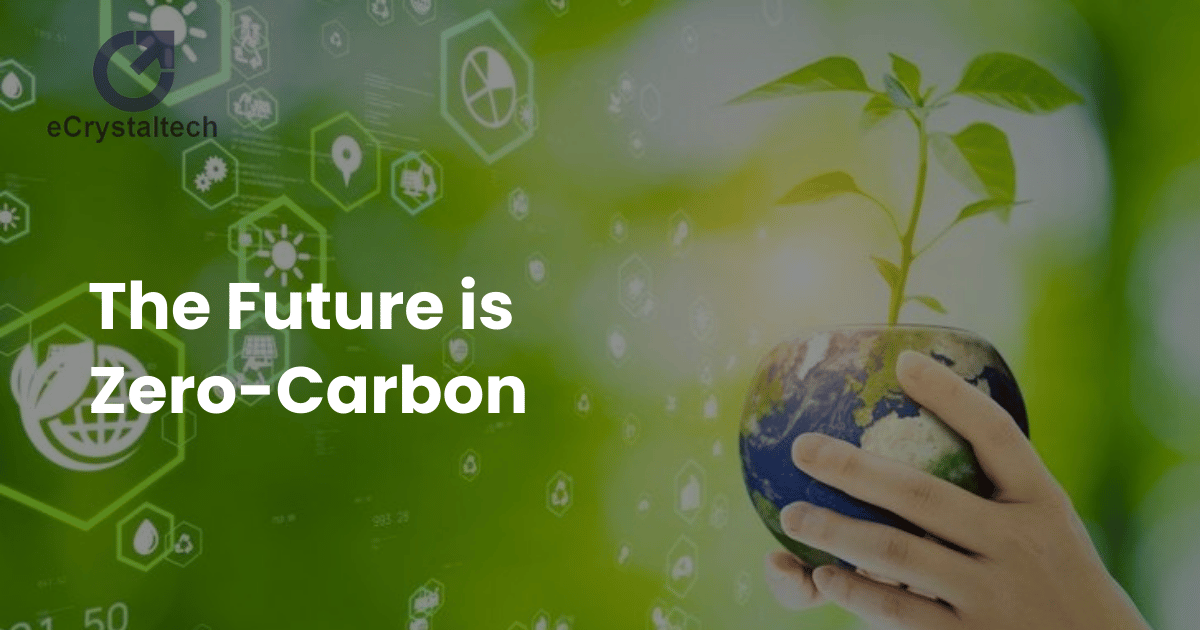Introduction
Our planet is getting warmer, the seas are rising, and extreme weather events are becoming more common and severe. The culprit? Rising levels of greenhouse gases like carbon dioxide in the atmosphere, largely caused by burning fossil fuels for energy.
If we want to avoid the worst impacts of climate change, we need to rapidly transition to a zero-carbon economy and energy system that doesn’t generate greenhouse gas emissions. While that sounds like a huge challenge, innovators and engineers around the world are developing incredible zero-carbon technologies to get us there. Let’s take a look at some of the most exciting ones.
1. Solar Power, The Renewable Superstar
When you think of Zero-Carbon energy, solar power is likely the first thing that comes to mind. And for good reason – the sun bathes the Earth with an astonishing amount of radiation that can be harnessed to generate huge amounts of electricity with zero emissions.
Solar panel costs have plummeted over 80% in the last decade, making solar one of the cheapest sources of new electricity in many regions. From rooftop arrays to massive utility-scale solar farms, this clean energy superstar is being deployed worldwide at a furious pace. With advances in storage batteries, solar is becoming a true 24/7 power source.
2. Soaring Wind Power
If solar is the rising star, wind power is its powerhouse partner in the zero-carbon revolution. Wind turbines have become massively taller and more powerful in recent years, able to capture stronger winds higher in the atmosphere and generate more climate-friendly electricity than ever before.
From offshore wind farms taking advantage of powerful ocean breezes to turbines dotting the landscapes of wind-swept plains, wind power is booming globally. It’s affordable, zero-carbon, and closer than ever to overtaking fossil fuels as a dominant source of electricity generation.
3. Next-Gen Nuclear Fission & Fusion
While renewable sources like solar and wind are leading the charge, next-generation nuclear power technologies could also play a major role in decarbonizing our energy supply through the second half of this century.
New designs for nuclear fission reactors aim to be safer, more efficient, and produce much less long-lived radioactive waste than today’s reactors. Across the world, companies and governments are racing to make nuclear fusion – the process that powers the sun – a viable zero-carbon energy source here on Earth. If achieved, it could provide a virtually limitless supply of clean electricity.
4. Green Hydrogen and Long-Term Storage
One of the biggest challenges with wind and solar is that the wind doesn’t always blow and the sun doesn’t always shine. This intermittency requires cheap, large-scale ways to store zero-carbon energy for when it’s needed.
Hydrogen, the most abundant element in the universe, could be a big part of the solution. When renewable electricity is plentiful, it can be used to split water molecules and produce green hydrogen through electrolysis. This hydrogen can then be stored, transported using existing pipelines, and converted back into electricity or other energy carriers when needed.
Other massive storage solutions like multi-trillion watt-hour batteries, gravity-based storage systems, and liquid air or molten salt storage could also play key roles in our zero-carbon future.
Carbon Capture and Removal
While rapidly transitioning to zero-carbon energy sources is job #1, we’ll also likely need technologies that can directly remove carbon dioxide from the atmosphere to bring emissions down quickly.
Carbon capture and sequestration systems can strip CO2 from industrial processes like natural gas plants or even directly from the air, then pump it underground for long-term storage. Enhancing natural carbon sinks like forests and regenerating depleted soils could remove and store huge amounts of atmospheric carbon as well.
A Zero-Carbon World in Sight
Zero-carbon technologies are revolutionizing our approach to electricity generation and greenhouse gas reduction. These cutting-edge innovations are crucial for ensuring our planet remains habitable for future generations. Despite the significant challenges we face, human ingenuity knows no bounds. By accelerating the development and implementation of zero-carbon solutions, we have the potential to create a sustainable, prosperous, and clean energy future.
Harnessing renewable energy sources like solar and wind, alongside advancements in carbon capture and storage, paves the way for a zero-carbon world. These technologies not only mitigate climate change but also promote economic growth and environmental stewardship. By investing in and embracing these zero-carbon technologies today, we can secure a healthier planet for tomorrow.



Just give a thought
| How | What |
| Imagine a zero-carbon world: How would your daily routine look different from today? | What changes would you be willing to make in your lifestyle to support a zero-carbon future? |
| How can we balance economic growth with the need to reduce carbon emissions? | What sacrifices might be necessary to achieve a zero-carbon future, and are you prepared to make them? |
| · How can cities redesign their infrastructure to support zero-carbon living? | What can you do today to contribute to a zero-carbon future, and how can you inspire others to join you? |
| How might zero-carbon policies affect global travel and transportation? | What role do you think technology will play in achieving a zero-carbon world? |







